Top 5 Inspiring Modern Web Design Trends For 2025
The digital space is evolving rapidly, and web design is at the forefront of this transformation. In 2025, websites are not just visual touchpoints but immersive digital experiences that combine creativity, functionality, and user intent. Staying ahead of design trends has become essential for businesses aiming to stand out and engage their audiences meaningfully.
At Decode House , we believe that impactful web design bridges the gap between aesthetics and performance. With a keen eye on emerging technologies and user behaviors, we’ve compiled a comprehensive overview of the top 5 inspiring web design trends for 2025 that are reshaping the digital landscape. Whether you’re a startup or an established enterprise , these insights will help you align your web presence with what modern users expect and love.
AI-Powered Personalization: The Future is Tailored
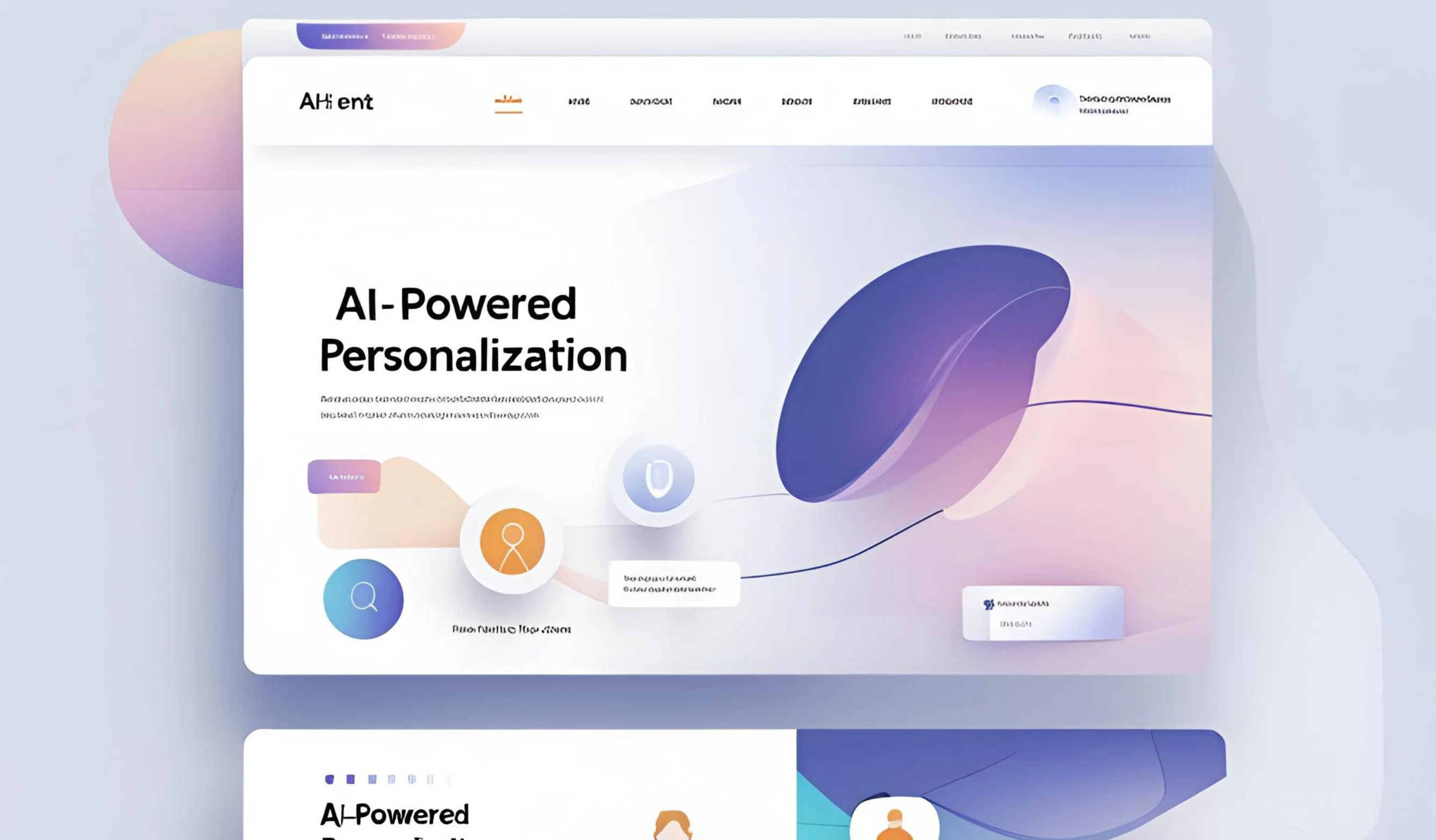
AI is changing the way we interact with websites. In 2025, users demand experiences that are not just informative but tailored to their unique preferences. This is where AI-powered personalization steps in, transforming static websites into dynamic ecosystems.
Using machine learning and user behavior analytics, websites can adapt content, layouts, and even entire user journeys in real-time. AI tracks how users interact with a site—what they click, how long they stay, where they exit—and then uses this data to present more relevant information.
Imagine visiting an e-commerce site and seeing product recommendations not just based on your browsing history, but also influenced by the time of day, your location, and even your mood inferred through behavioral cues. Platforms like Netflix and Amazon have pioneered this approach, and now it’s trickling into mainstream web design.
Our Insight
At Decode House, we integrate AI-based tools such as chatbots, smart content recommendations, and adaptive UI elements to ensure your website becomes more than just a digital brochure. It becomes a personalized assistant for your visitors.
Related Article - AI In SEO: How to Optimize Content for Generative Search Engines In 2025
Immersive 3D Elements & Micro interactions: Designing for Depth
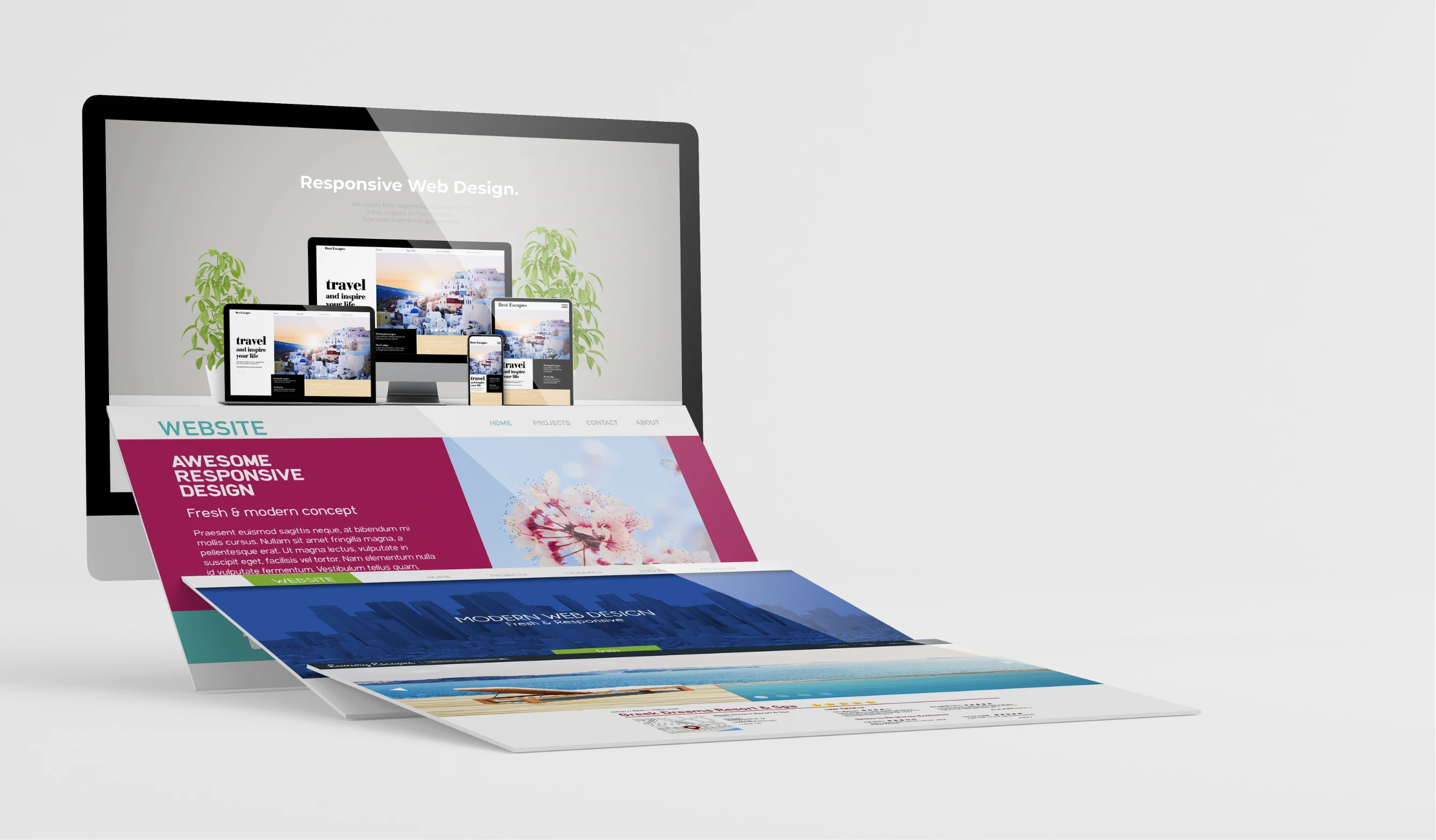
Flat design is fading. The web in 2025 is multidimensional. Designers are incorporating immersive 3D graphics, animated visuals, and subtle micro interactions to provide a lifelike experience that captivates and informs.
What It Means:
3D elements help simulate a tactile experience, particularly effective in product presentations or storytelling. Micro interactions, on the other hand, are the small animations that guide user behavior—like a heart icon pulsing when clicked or a progress bar subtly animating.
Car companies like Tesla use interactive 3D models to let users virtually explore vehicle features. Similarly, SaaS platforms use animated tutorials and feedback indicators to enhance UX.
We use tools like WebGL and Lottie to create lightweight yet impactful 3D graphics that won’t compromise page speed. Our approach balances design wow-factor with performance.
User Experience Boost:
When done right, micro interactions increase clarity, reduce friction, and delight users. They make your website feel responsive and alive.
Related Article - 5 Common Mistakes In Web Design And How to Avoid
Dark Mode & Colour Minimalism: Sleek Meets Practical
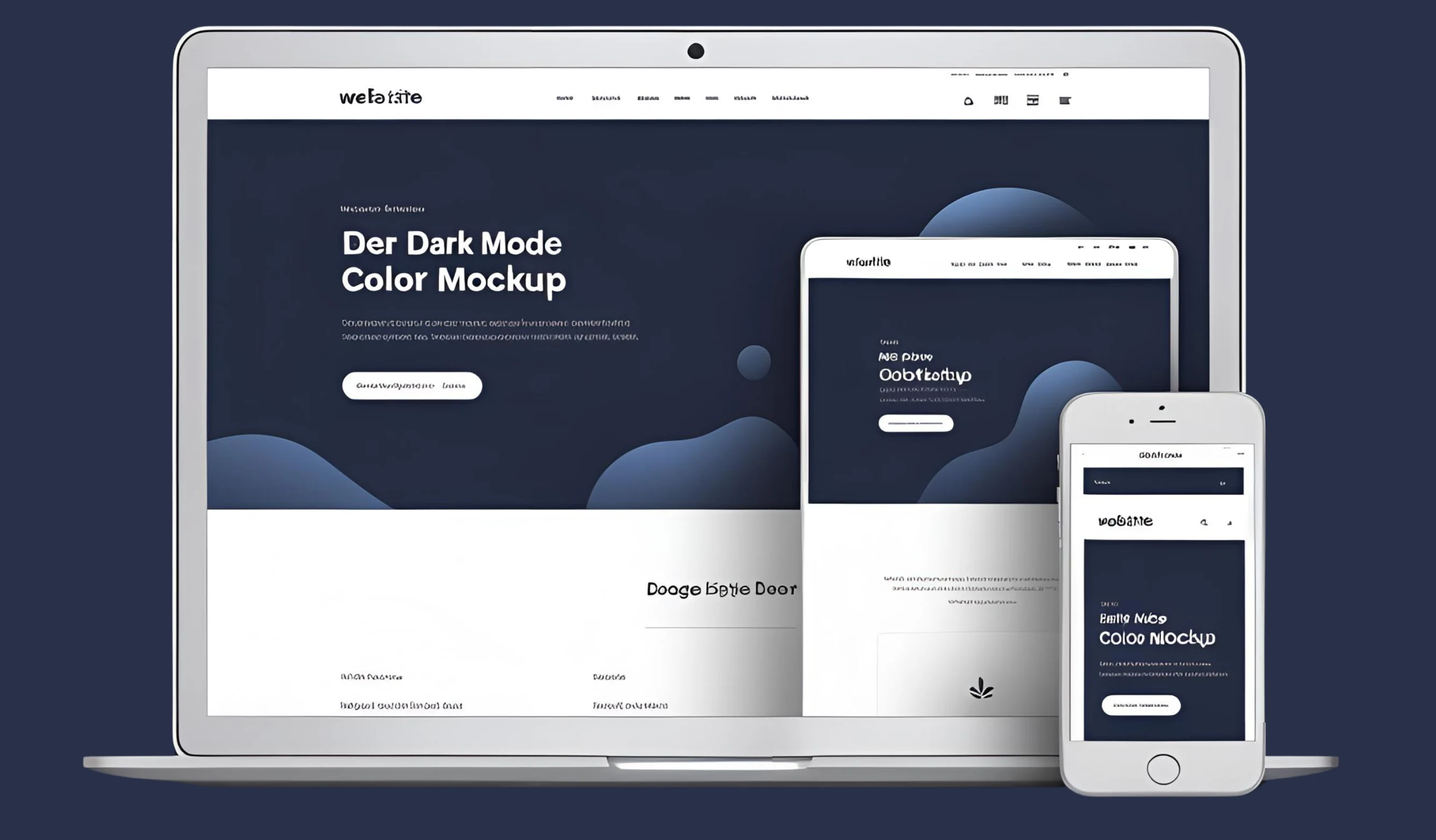
Dark mode isn’t just a feature anymore—it’s a full-fledged trend. Users increasingly prefer dark-themed interfaces, especially for extended browsing. When paired with color minimalism, this trend delivers both visual comfort and design sophistication.
Why It Works:
Dark mode reduces eye strain, especially in low-light conditions. It also conserves battery life on OLED screens. Meanwhile, minimalist color palettes (like black, white, and accent colors) create cleaner interfaces that highlight essential content.
Real-World Example
Popular platforms like YouTube, Slack, and Twitter have made dark mode a default setting. Many design-forward websites now launch with both light and dark modes to cater to user preferences.
Decode House Insight
We implement adaptive themes based on system settings and provide toggle functionality for users. Our design strategy ensures color contrast and readability are optimized for both modes.
Bonus: Accessibility
Dark mode must be accessible. We adhere to WCAG (Web Content Accessibility Guidelines) to ensure that your dark-themed site is usable by everyone, including users with visual impairments.
Voice-Activated Interfaces: Speak, Don’t Click
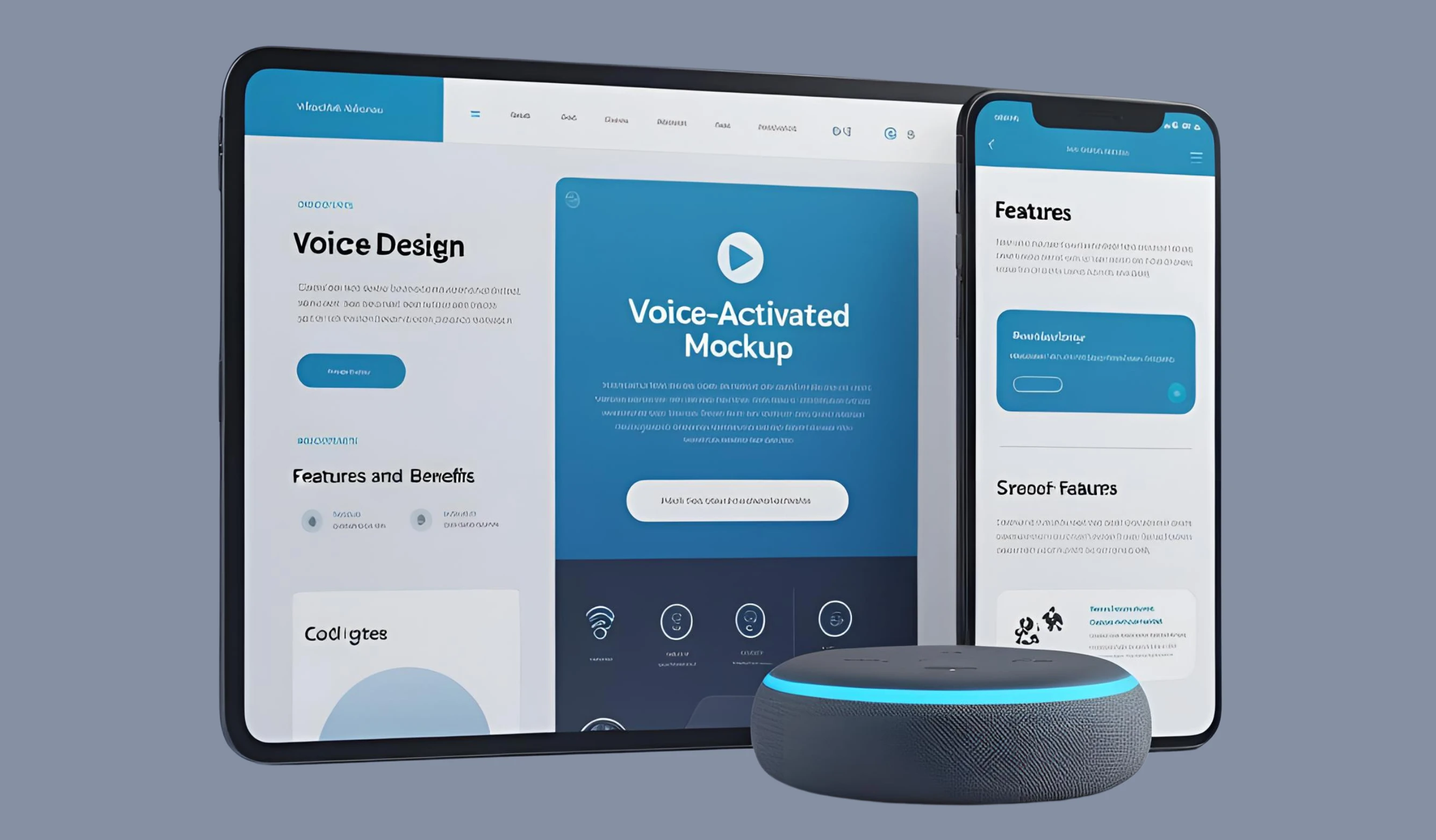
Thanks to Siri, Alexa, and Google Assistant, voice interfaces have become second nature. In 2025, websites are expected to support voice commands to allow users to search, navigate, and interact hands-free.
What It Means
Voice-enabled websites allow users to conduct searches or perform actions by simply speaking. This opens doors for greater accessibility, convenience, and faster interactions.
Real-World Example
News websites are integrating voice assistants to read articles aloud. E-commerce platforms are using voice-based shopping assistants for hands-free browsing.
Decode House Insight
We incorporate voice search schemas, text-to-speech features, and natural language understanding (NLU) to build sites that are voice-ready . We also help clients optimize their content for voice search SEO to appear in featured snippets and voice assistant answers.
Why It Matters
Voice search is fast becoming the norm. According to research, over 50% of all searches will be voice-based by 2026. If your site isn’t optimized for this, you’re missing a huge chunk of traffic.
Related Article - UX Design with SEO In Mind: Best Practices For 2025
Sustainable and Lightweight Design: Going Green with Code
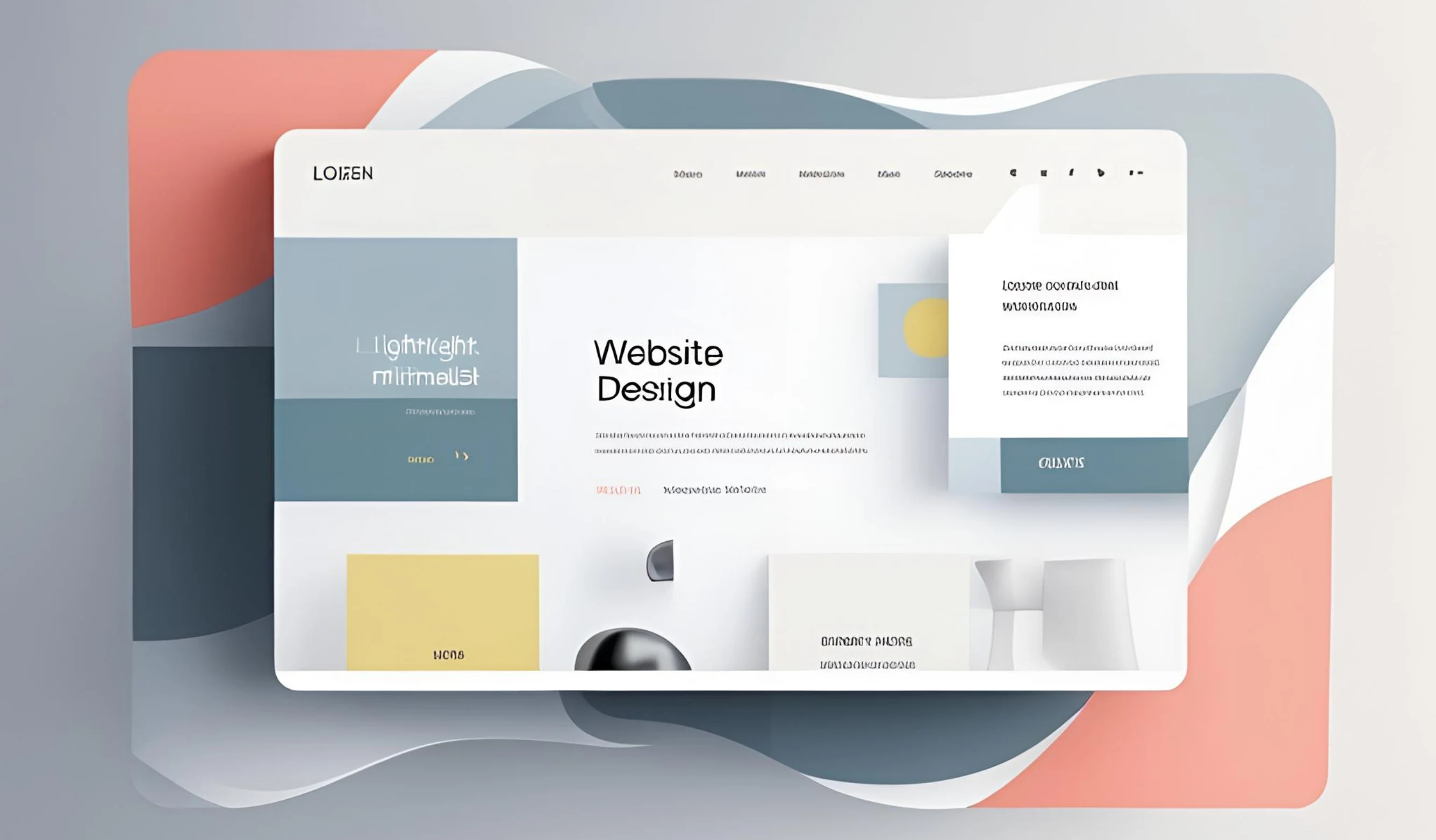
As the world becomes more environmentally conscious, web design is following suit. In 2025, there’s a growing emphasis on sustainable web practices that reduce digital carbon footprints.
What It Means
A sustainable website is one that uses minimal server resources, loads fast, and doesn’t contain unnecessary code or media. It also often uses green hosting services powered by renewable energy.
Real-World Example
Sites like Wholegrain Digital and Organic Basics openly display their carbon footprint on their websites and actively work to reduce it.
Decode House Insight
We design lightweight websites that prioritize clean code, compressed media, lazy loading, and eco-friendly hosting solutions. Not only do these sites perform better, but they also align your brand with responsible digital practices.
SEO Benefit
Faster-loading pages improve rankings. Google prioritizes Core Web Vitals, and lightweight design directly boosts these scores.
Final Thoughts: Embrace the Future with Decode House
The web design landscape of 2025 is more human-centric, interactive, and intelligent than ever before. Whether it’s personalizing content with AI, engaging users with 3D visuals, enabling seamless voice interactions, or adopting green web practices, these trends highlight the need for innovation and agility.
At Decode House , we don’t just follow trends—we pioneer them. Our team is passionate about blending creativity with performance, crafting websites that are as functional as they are beautiful. Whether you're rebranding, launching a new platform, or scaling your digital presence, we're your trusted partner for future-ready web design .
Ready to transform your website in 2025?
Let’s talk about how Decode House can bring your vision to life with cutting-edge, SEO-optimized design strategies.
Contact us today to get started on your next big digital move.


